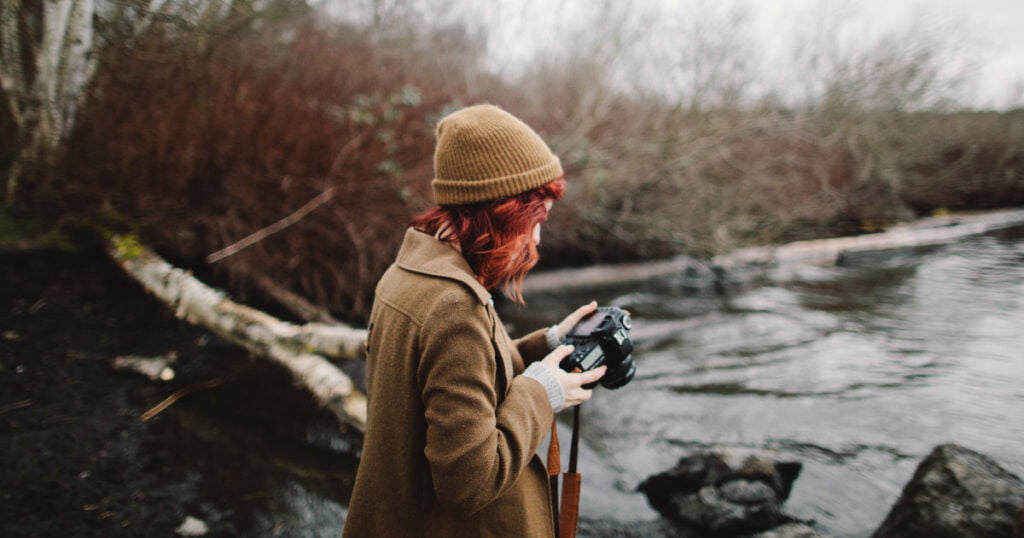The Art of Transitioning in Film Editing


Hey everyone, let’s chat about “Seamless Storytelling: Mastering Transitions in Film.” When you’re in the thick of film editing, you know how crucial transitions are. They’re not just about moving from one scene to another; it’s an art. We’re talking about weaving a story together so seamlessly that your audience is transported without a jolt. It’s like being a magician, except your wand is your editing suite. Whether you’re a seasoned pro or just getting the hang of post-production, mastering transitions is key to creating that flawless narrative flow.
Understanding Different Types of Cuts and Transitions
Let’s kick things off with the basics: types of cuts and transitions. We’ve got a whole toolbox at our disposal. There’s the classic ‘cut,’ where one shot instantly replaces another. Then there’s the ‘fade’ – think of it as a scene slowly going to sleep, or waking up from one. But wait, there’s more! ‘Wipes’ and ‘dissolves’ are like the cool cousins in the transition family. They add that extra flair, perfect for emphasizing time lapses or shifts in location. And let’s not forget the ‘match cut’ – that’s where you line up elements in two different scenes. It’s like playing a visual game of connect the dots, except way cooler.
The Role of Editing Transitions in Seamless Storytelling
Moving on to the meaty part – the role of these transitions in storytelling. It’s not just about switching scenes; it’s about setting the rhythm of your story. Think of your film as a symphony, and your transitions are the tempo changes. A well-placed cut can ramp up the tension or provide a much-needed breather. It’s all about keeping your audience hooked, taking them on a journey without them realizing they’ve moved from scene A to B.
Navigating the Challenges and Solutions in Transitioning
Now, it’s not all smooth sailing. Navigating transitions can be tricky. You might find a cut too jarring or a dissolve too cheesy. The trick is balance and knowing your story. Sometimes, less is more – a simple cut can be more powerful than a fancy transition. But hey, don’t be afraid to experiment. It’s like cooking; sometimes you need to taste and adjust. The solution? Practice, feedback, and a keen eye for detail.
Evolving Trends in Film Editing: Adapting to Modern Storytelling
Lastly, let’s talk about keeping up with the times. With digital platforms on the rise, editing isn’t just about the big screen anymore. You’ve got to adapt to different formats – whether it’s for a cinema or a smartphone screen. The trends are always evolving, and so should your editing style. It’s about staying fresh and relevant, yet true to the timeless principles of storytelling.
Mastering transitions in film editing is like learning a language. It’s about finding the right words (or in this case, cuts) to express your story. Whether you’re a hobbyist or a pro, remember it’s a journey. Keep experimenting, keep learning, and most importantly, keep telling those amazing stories!
Embracing the Digital Evolution in Film Editing
Hey, storytellers! Just when you thought you had film transitions down, the digital age throws a curveball. It’s time to pivot our skills to cater to the digital platforms that are reshaping how we consume media. From cinema to mobile screens, the rules are evolving. Are you ready to adapt your editing techniques for this new digital playground? Keep your eyes peeled for our next discussion, where we delve into the art of editing specifically for digital platforms. Gear up for a journey into digital-era filmmaking.

Responses